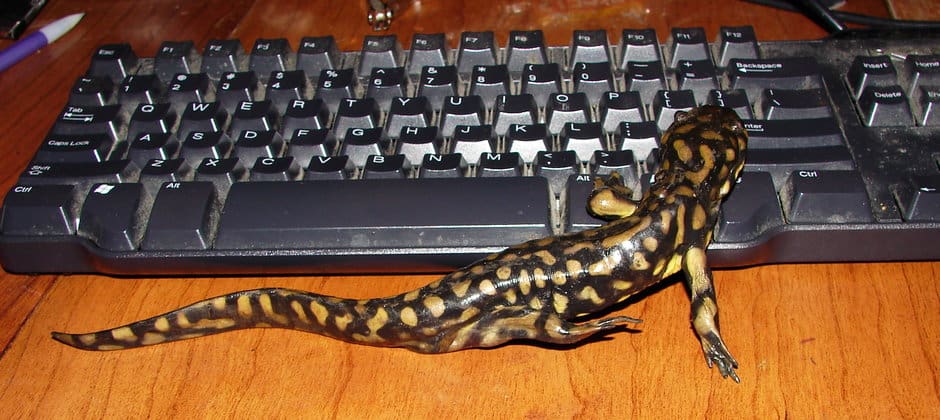Share this article
eDNA testing may detect pathogens in the pet trade early
The global COVID-19 pandemic has caused researchers to focus new attention on captive animals and the role they may play in spreading zoonotic diseases. But testing every animal in captivity, whether it’s destined for the pet trade or otherwise, would be unrealistic given the huge volume of individuals. Scientists believe that environmental DNA could help detect pathogens in large groups of animals. A new paper published in Scientific Reports finds that pathogens could be detected by testing batches of DNA samples, or by using the eDNA technique by testing a sample of the water containing various individuals. One example of the latter would be testing water using eDNA techniques in tanks containing salamanders destined for the pet trade for BSal (Batrachochochytrium salamandrivorans) a pathogen that causes chytrid fungus in salamanders in Asia and Europe.
Header Image: Researchers say that environmental DNA techniques could help monitor pathogens in captive animals that are part of the pet trade like salamanders. Credit: Matt Reinbold








